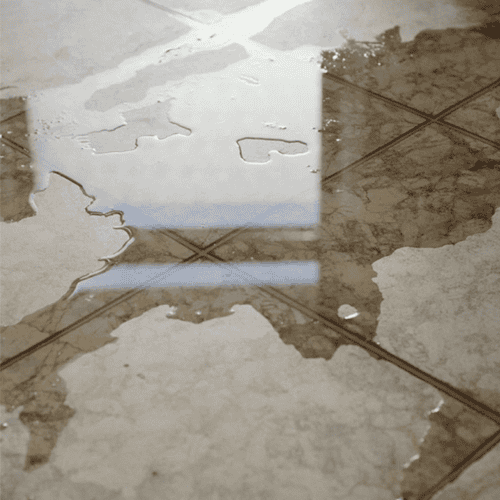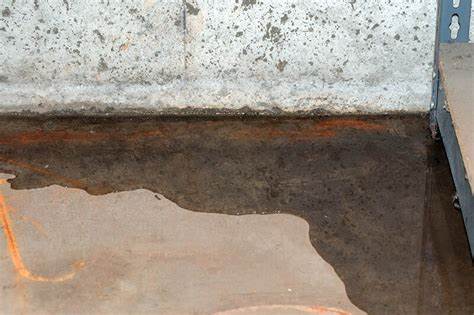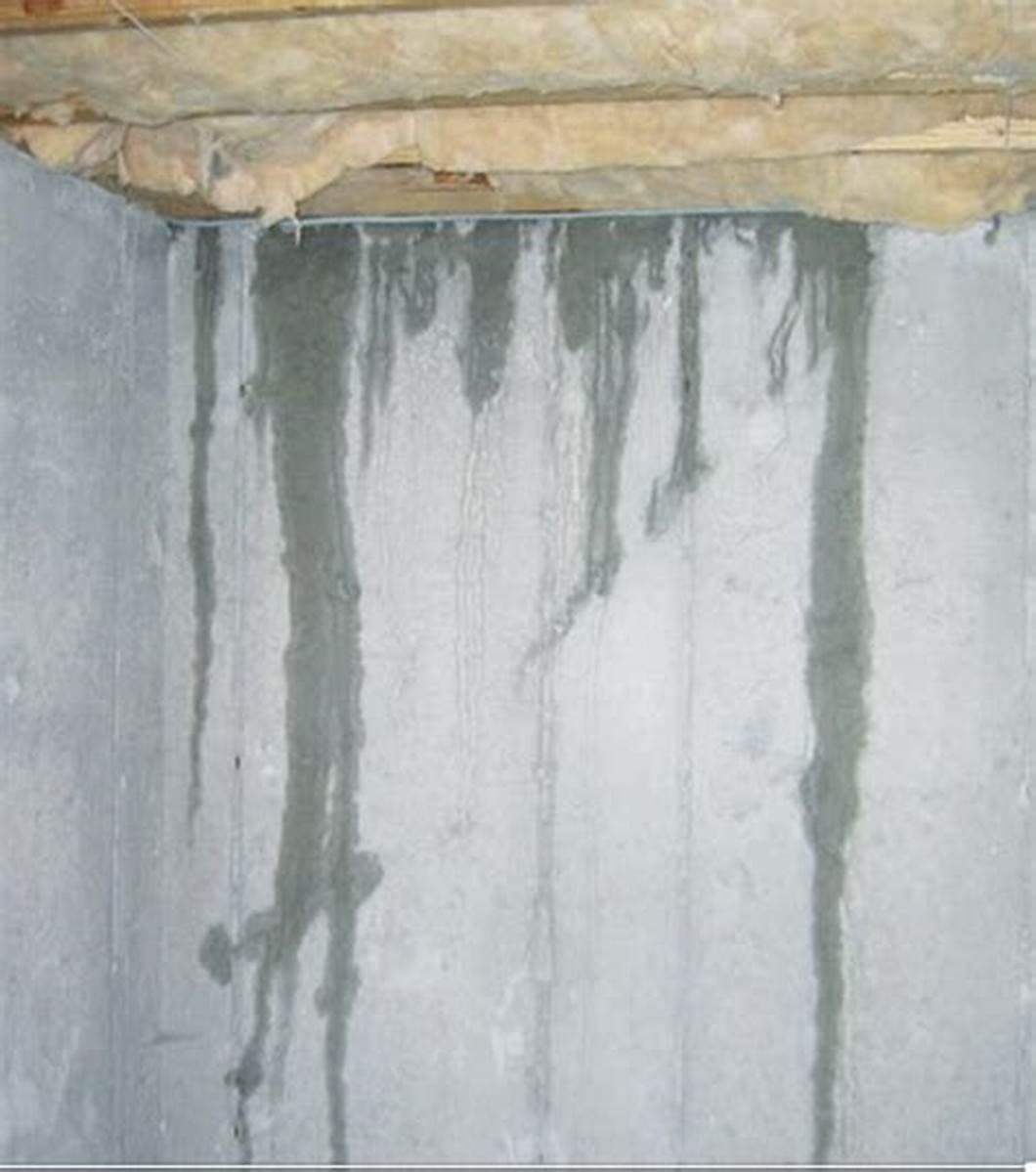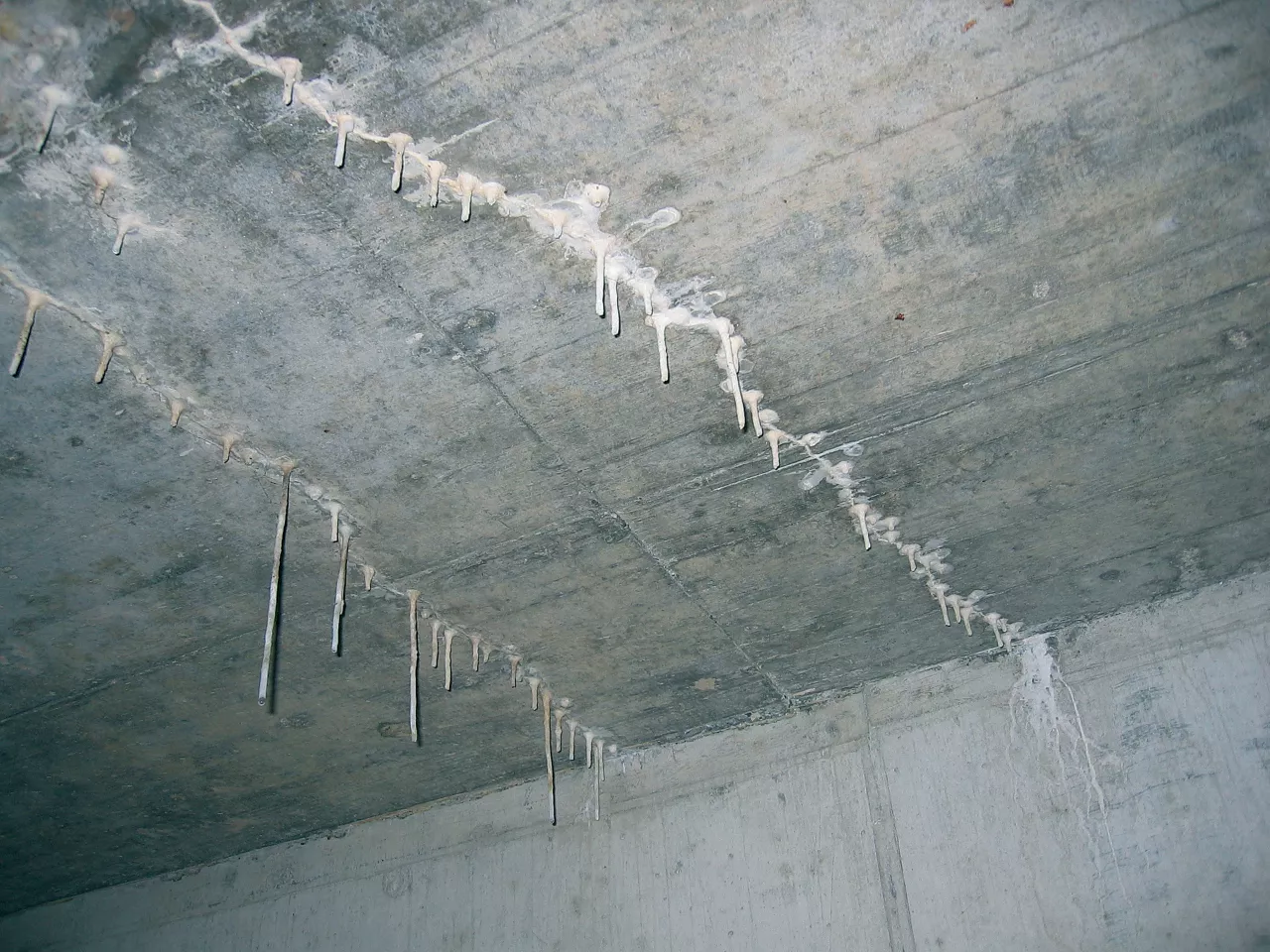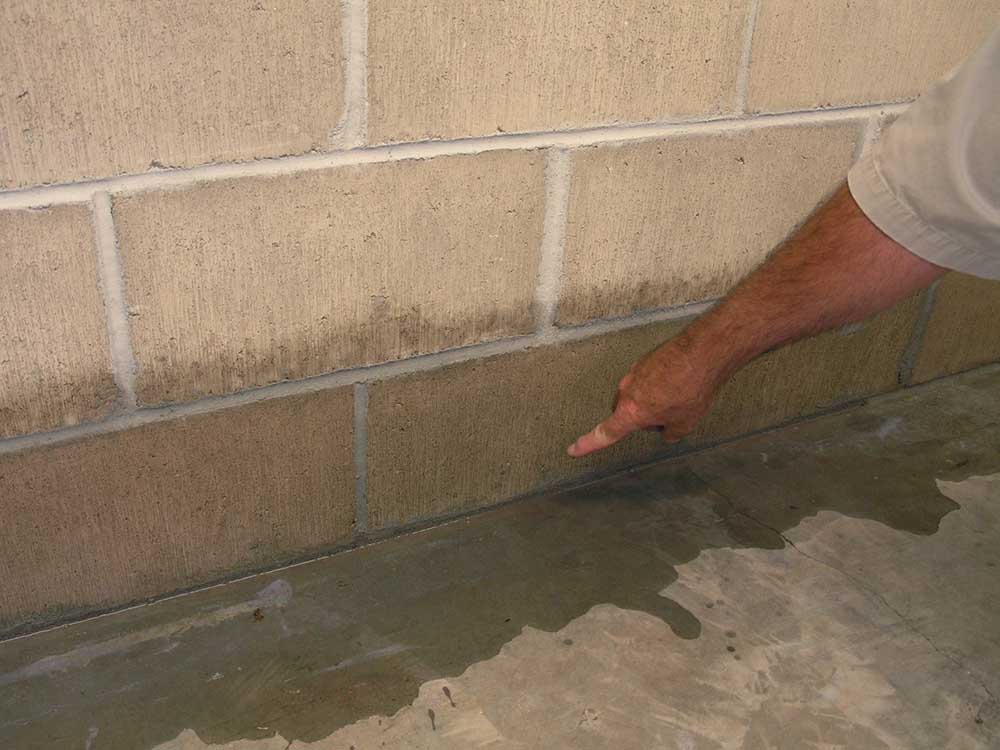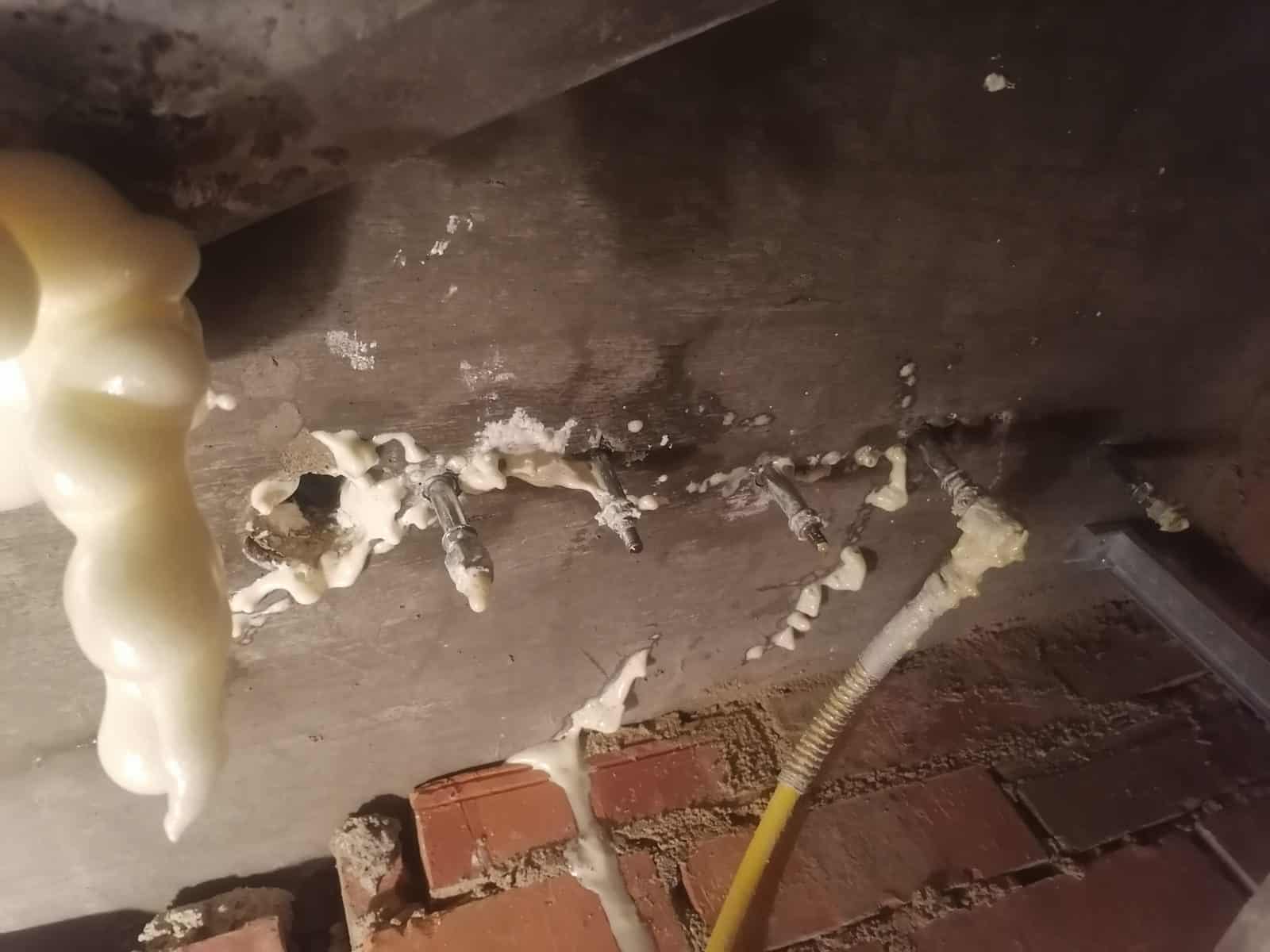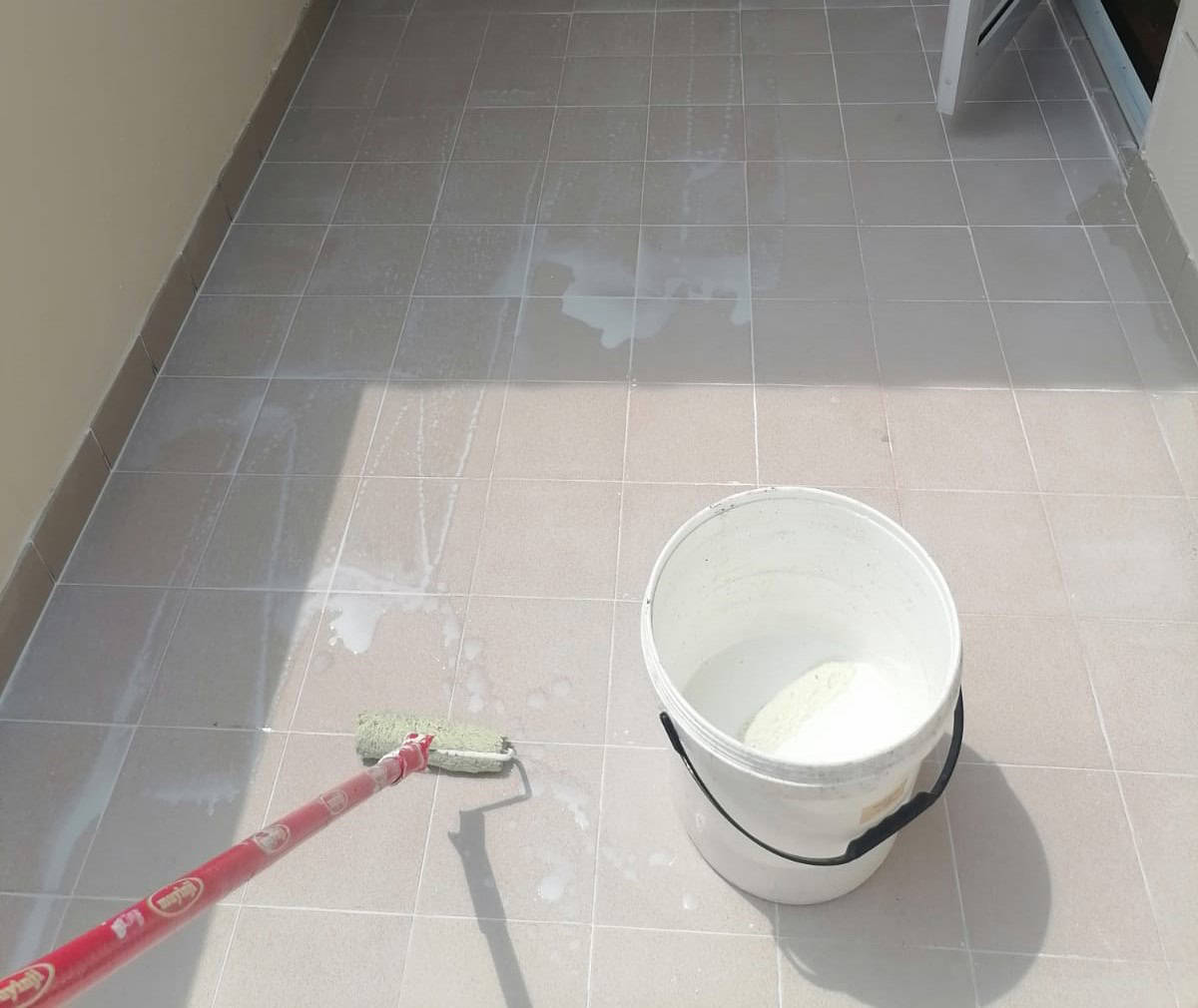Water leakage issues are a common problem in many homes, especially in humid climates like Singapore. Leaks can occur in various house parts, including bathrooms, floors, walls, and ceilings. Addressing these issues promptly prevents further damage and maintains a healthy living environment. We will explore practical self-fix solutions for different types of water leaks and guide on when to seek professional help.
Bathrooms are one of the most common areas where water leaks occur. Leaks can originate from various sources such as faucets, showerheads, toilets, and pipes.
Identifying Sources of Leaks in Bathroom
In the bathroom, leaks often originate from fixtures such as faucets, showerheads, and toilets, as well as from plumbing pipes within walls and floors. Faucet leaks are commonly caused by worn-out washers or seals, which can be replaced to stop the dripping. Showerheads may leak due to loose connections or damaged seals, requiring tightening or replacement of fittings. Toilets can develop leaks at the base or within the tank, necessitating inspection of the wax ring, bolts, and internal components like the flapper valve.
Leaks in the bathroom include faucets and showerheads, which may develop drips over time due to worn-out washers or seals.
Toilets are another frequent source, where leaks can often be found at the base or within the tank itself. Additionally, pipes running through the bathroom walls or floors can develop leaks, often manifesting as damp spots on the walls or floor.
Step-by-Step Guide to Locating and Fixing Leaks
For minor faucet and showerhead leaks, DIY solutions involve replacing seals and washers with new ones to create a tight seal and prevent water from escaping. Applying plumber’s tape to threaded connections can also help enhance the seal and prevent leaks. Toilet leaks around the base may be resolved by tightening bolts or replacing the wax ring if it has deteriorated. Checking the tank components for wear and replacing faulty parts can prevent water waste and potential water damage.
To start, turn off the water supply to prevent any further leakage while you work. Begin by inspecting all fixtures and fittings for visible signs of leaks. If you find a leaky faucet or showerhead, replace any worn-out washers or seals. For toilets, check the base for water pooling and tighten the bolts if necessary. Also, inspect the tank and replace any faulty parts. If you discover a leaking pipe, tighten the connections or replace the pipe if it is damaged. Once repairs are completed, turn the water supply back on and check to ensure that the leaks have been fixed.
How to Stop Water Leakage from the Flooring
Floor leaks can result from damaged tile grout, cracked tiles, or poor installation practices that allow water to seep through the flooring material and penetrate the subfloor. Identifying the exact source of the leak is crucial for implementing effective repair solutions.
Floor leaks can be caused by a variety of factors such as damaged seals, cracked tiles, or improper installation. Here’s how you can stop water leakage from the floor:
Causes of Floor Leaks
Leaks from the floor can arise due to damaged seals around fixtures, cracks in the floor tiles, or improper installation of tiles or fixtures. Over time, seals can wear out and allow water to seep through, while cracks in tiles can create pathways for water to penetrate the underlying layers.
DIY Methods to Stop Water Leakage from the Floor
Repairing floor leaks typically involves replacing damaged tiles and reapplying grout to seal gaps and prevent water from seeping through. Applying a waterproofing system over the entire floor surface can provide an additional layer of protection against future leaks. It’s essential to use a system that is compatible with the flooring material to ensure durability and effectiveness.
Prevention Tips to Avoid Future Leaks
Regular inspection of seals and tiles can help in the early detection of potential leaks. Ensuring proper installation of fixtures and tiles using high-quality materials can significantly reduce the chances of leaks in the future.
Professional contractors may employ waterproofing membranes to seal cracks in concrete floors effectively. This method involves waterproofing coating penetrating the cracks, where it hardens to create a strong, waterproof seal. Waterproofing coatings or membranes can also be applied professionally to the floor surface to provide comprehensive protection against water ingress. These coatings are designed to withstand foot traffic and environmental factors, ensuring long-lasting performance.
How to Stop Water Leakage from the Wall
Wall leaks can occur due to exterior factors such as rainwater infiltration through cracks or interior issues like plumbing leaks within the wall structure. Identifying the source of the leak is crucial for determining the appropriate repair method.
Common Causes of Wall Leaks
Common causes of wall leaks include poor waterproofing during construction, cracks in the wall, and plumbing issues within the walls. Inadequate waterproofing can allow water to seep through, while cracks in the wall structure can serve as entry points for water. Additionally, leaks from pipes running through the walls can cause damp spots.
DIY Solutions for Wall Leakage
To stop wall leaks, first locate the source of the leak. Use a wall crack repair kit to seal any visible cracks. Applying a coat of waterproofing paint to the affected area can provide an additional layer of protection. If the leak is from a pipe, tighten or replace the pipe as necessary to stop the leak.
Steps to Enhance Wall Waterproofing
Applying a waterproofing membrane to the wall can significantly improve its resistance to water penetration. Using high-quality waterproofing products and ensuring proper installation and maintenance of plumbing systems can further enhance wall waterproofing.
Professional contractors use advanced methods such as polyurethane injection to seal hard-to-reach cracks in walls effectively. This method expands to fill gaps and create a seamless waterproof barrier. Waterproofing paints or coatings are applied professionally to exterior and interior walls to enhance their resistance to water penetration. These products are formulated to withstand weathering and provide long-term protection against moisture damage.
How to Stop Water Leakage from the Ceiling
Ceiling leaks often result from roof damage, plumbing leaks from above, or condensation buildup due to poor ventilation. Identifying the source of the leak is essential for implementing targeted repair solutions.
Identifying Sources of Roof Ceiling Leaks
Ceiling leaks can originate from damaged or missing roof tiles, leaks from pipes running through the ceiling, or condensation due to poor ventilation. Damaged roof tiles can allow rainwater to seep through, while leaks from pipes can cause damp spots to appear on the ceiling. Condensation can also lead to water damage if the home is not properly ventilated.
Methods to Fix Roof Ceiling Leaks
Start by inspecting the roof for any damaged or missing tiles and replace them as needed. If the leak is caused by a plumbing issue, fix the leaking pipes running through the ceiling. Improving ventilation in the home can also help prevent condensation and subsequent water damage.
Repairing roof leaks involves replacing damaged or missing shingles and applying roofing cement to seal gaps around chimneys, vents, and other roof penetrations. Fixing plumbing leaks in the ceiling requires accessing the affected area, identifying the source of the leak, and repairing or replacing the damaged pipe or fitting. Improving ventilation in the home can help reduce condensation buildup and minimize the risk of ceiling leaks due to moisture.
Professional contractors use roof sealants or coatings to waterproof the roof surface and prevent water from entering the ceiling. Installing waterproofing membranes or systems in the ceiling can provide a durable barrier against water intrusion from above. These solutions are designed to withstand environmental factors and ensure long-lasting protection against leaks.
What to Do if Water is Seeping Through the Concrete Floor?
Water seepage through concrete floors can be caused by poor waterproofing during construction, cracks in the concrete, or a high water table. Inadequate waterproofing can allow water to penetrate the concrete, while cracks provide pathways for water seepage.
Step-by-Step Guide to Fix the Issue
Start by identifying the source of the water seepage. Use a concrete repair kit to seal any visible cracks. Apply a waterproofing membrane to the floor to create a barrier against water penetration. In areas with a high water table, installing a sump pump can help remove excess water and prevent seepage.
Ensuring proper waterproofing during construction is essential to prevent water seepage. Regularly inspect the floor for cracks and repair them promptly. Using high-quality materials for repairs can also help prevent future seepage.
How Do I Stop Moisture Coming Through the Floor?
Moisture ingress can lead to various issues such as mold and mildew. Here’s how to stop moisture from coming through the floor:
Identifying Sources of Moisture Ingress
High indoor humidity levels, groundwater, and leaks from pipes or fixtures are common sources of moisture ingress. High humidity can lead to condensation, while groundwater can seep through the floor in areas with a high water table. Leaks from pipes or fixtures can also contribute to moisture ingress.
Solutions to Stop Moisture from Coming Through the Floor
To address moisture ingress, use a dehumidifier to reduce indoor humidity levels. Installing a vapor barrier under the floor can prevent moisture from seeping through. Additionally, fixing any leaks from pipes or fixtures is essential to stop moisture ingress.
Preventive Measures to Keep Floors Dry
Ensuring proper ventilation in the home can help reduce indoor humidity levels. Using high-quality materials for floor installation and repairs can also help prevent moisture ingress. Regular inspection and maintenance of plumbing systems can further help keep floors dry.
Effectively addressing water leakage issues in your home requires identifying the source of the leak and implementing appropriate repair solutions. DIY methods can be effective for minor leaks, such as faucet or showerhead drips, while professional contractors offer advanced techniques like PU injection grouting and waterproofing membranes for more complex or persistent leaks. By understanding the common sources of leaks and choosing the right repair method, homeowners can protect their property from water damage and maintain a dry, comfortable living environment for years to come. Regular maintenance and inspection of plumbing systems and building materials are essential for preventing future leaks and ensuring the long-term durability of your home.
How Does a Professional Contractor Fix the Water Leakage in the Bathroom?
Professional contractors offer more advanced solutions for persistent or complex leaks. They may use PU (Polyurethane) injection grouting to seal cracks in bathroom walls and floors effectively. This method involves injecting polyurethane foam into cracks, expanding to fill the space and create a waterproof barrier. Waterproofing membranes are another professional option, applied to vulnerable areas such as shower corners and around fixtures to prevent water penetration. These membranes are durable and flexible, ensuring long-term protection against leaks without the need for extensive renovation.
Professional contractors use various methods to fix water leakage issues in the bathroom.
Explanation of Professional Methods Used by Contractors
Professional contractors often use PU injection grouting, a method where polyurethane foam is injected into cracks to seal them. They also apply waterproofing membranes to prevent water ingress and use high-quality waterproofing materials.
Benefits of Hiring a Professional Contractor
While DIY methods can be effective for minor leaks, hiring a professional contractor offers several advantages for more complex or extensive water leakage issues. Professionals have the expertise to accurately diagnose the source of leaks and provide targeted solutions. They use specialized equipment and high-quality materials that may not be readily available for DIY repairs. Moreover, professional contractors ensure compliance with local building codes and standards, giving homeowners peace of mind that the repairs are done correctly and safely.
Cost Considerations
The cost of hiring a professional contractor for water leakage repairs can vary depending on the scope of work and the extent of the damage. While professional services may involve a higher upfront cost compared to DIY methods, they often result in more durable and reliable repairs that can save homeowners from future repair expenses. Additionally, some contractors offer warranties on their workmanship, providing added assurance against the recurrence of water leakage issues.
Benefits of PU Injection Grouting:
PU (Polyurethane) injection grouting is a highly effective method used by professional contractors to seal cracks and gaps in various structures, including walls and floors. One of the primary advantages of PU injection grouting is its ability to penetrate deep into cracks, expanding upon contact with water to fill voids and create a seamless, waterproof barrier. This method not only seals existing leaks but also reinforces the structural integrity of the affected area, preventing future water ingress.
Another benefit of PU injection grouting is its versatility and applicability to different types of cracks and materials. Whether the cracks are hairline or larger fissures, PU grouting can effectively seal them without the need for extensive excavation or disruption to the surrounding area. This makes it a cost-effective solution compared to traditional methods that may involve more invasive repairs.
Moreover, PU injection grouting is known for its durability. Once injected and cured, the polyurethane foam forms a flexible yet strong seal that can withstand structural movement and environmental factors. This durability ensures long-lasting protection against water leaks, reducing the likelihood of recurring issues and minimizing maintenance costs over time.
Benefits of Clear Penetrative Treatment:
Clear Penetrative Treatment (CPT) is another essential waterproofing method used by professionals to safeguard vulnerable areas of the home, such as bathroom walls, shower corners, and roof surfaces, from water penetration. These membranes are typically made from materials like modified bitumen, PVC, or EPDM rubber, each offering specific advantages in terms of durability and flexibility.
One of the primary benefits of Clear Penetrative Treatment (CPT) waterproofing is its ability to provide a continuous and impermeable barrier against water ingress. Unlike surface-applied sealants or coatings, waterproofing membranes are installed as sheets or rolls, ensuring comprehensive coverage and protection of large surface areas. This method effectively prevents water from seeping through cracks, joints, or porous materials, thereby reducing the risk of structural damage and mold growth.
Additionally, waterproofing membranes are designed to withstand harsh weather conditions and UV exposure, making them suitable for both interior and exterior applications. Their flexibility allows them to adapt to building movement and settlement without compromising their sealing properties, ensuring long-term performance and reliability.
Furthermore, waterproofing membranes are often accompanied by warranties from manufacturers or contractors, providing homeowners with added assurance of their effectiveness and durability. This warranty coverage can range from several years to decades, depending on the product and installation method, offering peace of mind and protection against unforeseen water leakage issues.
In conclusion, opting for professional repair methods such as PU injection grouting and Clear Penetrative treatment (CPT) not only addresses the current water leakage problems effectively but also provides long-term protection and peace of mind for homeowners. These methods offer durability, reliability, and comprehensive coverage against water ingress, ensuring the integrity and longevity of your home’s structural components. Whether for residential or commercial properties, investing in professional waterproofing solutions is a proactive approach to maintaining a dry, secure, and comfortable living environment for years to come.
Effectively addressing water leakage issues in your home is crucial to prevent structural damage, mold growth, and other associated problems. By understanding the common sources of leaks and implementing appropriate DIY solutions, homeowners can mitigate the risks of water damage and maintain a dry and healthy living environment. For more complex or persistent leaks, consulting with a professional contractor is recommended to ensure comprehensive repairs and long-term protection against water ingress.
Implementing proactive maintenance practices, such as regular inspection of plumbing systems and timely repairs of any signs of leaks, can significantly reduce the likelihood of water leakage issues in the future. By taking these proactive measures and being vigilant about potential signs of leaks, homeowners can safeguard their homes against water damage and maintain their property’s value over time.
Thank you for using our guide to better understand and manage water leakage issues in your home. Whether you have questions, or concerns, or need to schedule a water leakage assessment, our experienced team is ready to help.
Contact SWC Construction today for:
- Personalized consultations tailored to your specific water leakage concerns.
- Transparent discussions about our effective PU Injection Grouting method.
- Professional advice on preventive maintenance to protect your home long-term.
Your home deserves the best protection, and we’re committed to providing reliable water leakage repair services in Singapore. Don’t let water damage compromise your living space – take the first step towards a watertight solution today.
Call us at 8754 4058 to schedule your consultation. We’re here to ensure your home remains safe and secure. Thank you for choosing SWC Construction for your water leakage repair needs.



